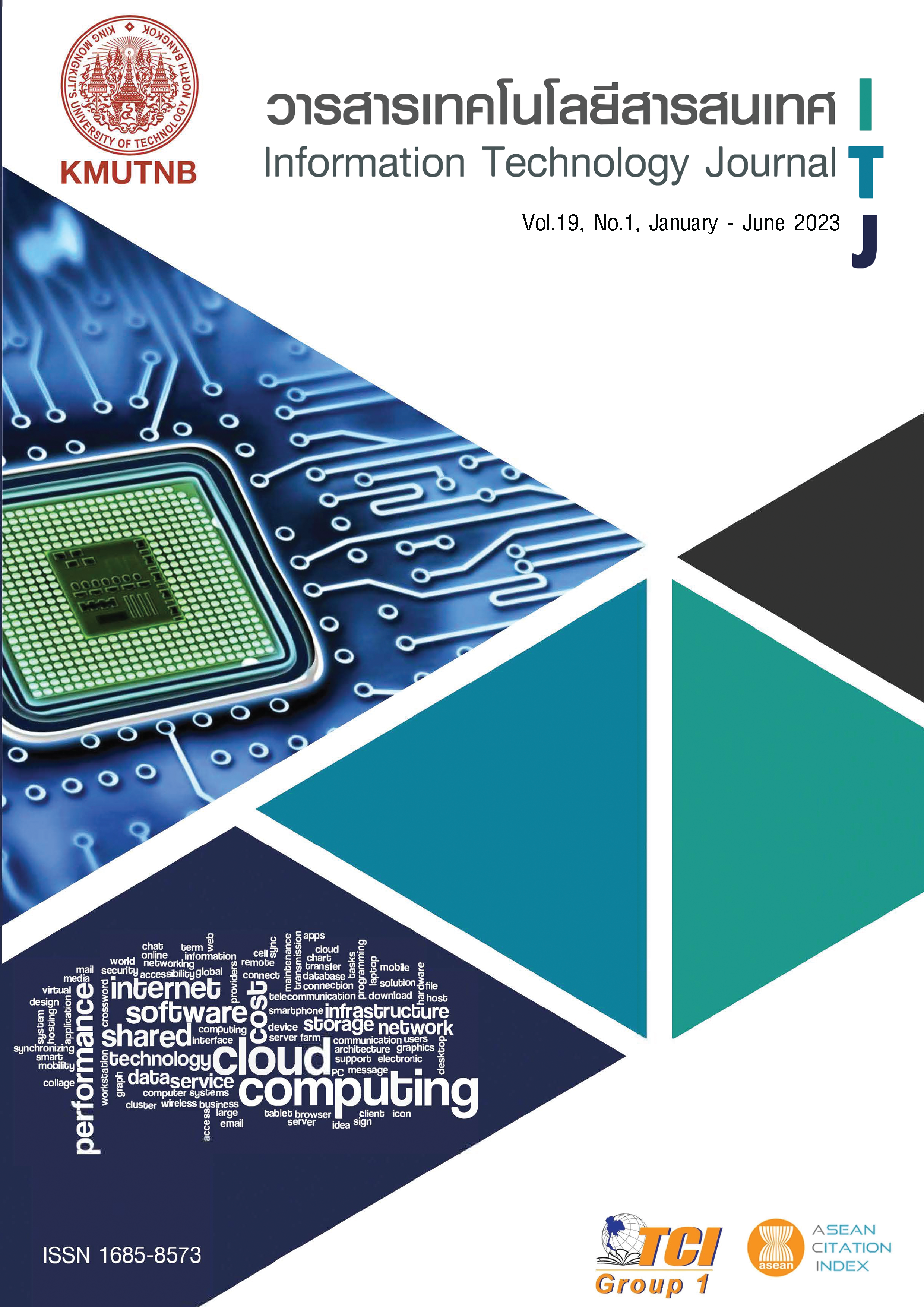The Effects of AI Influencers on Brand Image and Brand Awareness: Mediating Role of eWOM
Main Article Content
Abstract
The objectives of this study were 1) to compare the credibility of virtual humans and celebrities on electronic word-of-mouth media, 2) to study the influence of electronic word-of-mouth communication on brand image and perception. The data was collected using online questionnaires from thai populations with social media accounts. Total of 443 respondents were randomly selected based on selected criteria and analysis of the data collected was performed using structural equation model. The result from this research showed that compare the credibility of virtual humans and celebrities to electronic word-of-mouth. It was found that the credibility, attractiveness and expertise of celebrity influence electronic word-of-mouth communication more than attractiveness, uniqueness, trustworthiness of AI influencers. Second, The influence of electronic word-of-mouth communication on brand image and perception has found that positive electronic word-of-mouth communication has a significant impact on consumer trust.
Article Details
References
H. KartaJaya, P. Kotler, and I. Setiawan. Marketing 4.0: moving from Traditional to Digital. John Wiley & Sons, 2016.
T.A. Shimp. Advertising, Promotion and Supplemental Aspects of Integrated marketing Communications. Sixth Edition, Thomson South Western, 2003.
J. Trivedi. “Measuring the comparative efficacy of endorsements by celebrities vis-à-vis animated mascots”. Journal of Creative Communications, Vol. 13, No. 2, pp. 117-132, 2018.
A. De Bruyn, and G. L. Lilien. “A multi-stage model of word-of-mouth influence through viral marketing”. International journal of research in marketing, Vol. 25, No. 3, pp. 151-163, 2008.
B. L. Bayus. “Word of Mouth-the Indirect Effects of Marketing Efforts”. Journal of Advertising Research, Vol. 25, No. 3, pp. 31-39, 1985.
K. B. Murray. “A test of services marketing theory: consumer information acquisition activities”. Journal of marketing, Vol. 55, No. 1, pp. 10-25, 1991.
C. M. Cheung, and D. R. Thadani. “The impact of electronic word-of-mouth communication: A literature analysis and integrative model”. Decision support systems, Vol. 54, No. 1, pp. 461-470, 2012.
S. C. Chu, and Y. Kim. “Determinants of consumer engagement in electronic word-of-mouth (eWOM) in social networking sites”. International journal of Advertising, Vol. 30, No. 1, pp. 47-75, 2011.
T. Hennig-Thurau, K. P. Gwinner, G. Walsh, and D. D. Gremler. “Electronic word-of-mouth via consumer-opinion platforms: what motivates consumers to articulate themselves on the internet?”. Journal of interactive marketing, Vol. 18, No. 1, pp. 38-52, 2004.
A. Fox. Beyond contract: Work, power and trust relations. Faber & Faber, 1974.
A. S. Dick, and K. Basu. “Customer loyalty: toward an integrated conceptual framework”. Journal of the academy of marketing science, Vlo. 22, pp. 99-113, 1994.
Waratt Indrasuta. Brand Communication การสื่อสารตราสินค้า. Available Online at http://drwarat.blogspot. com/2010/11/1-brand-communication, accessed on 27 October 2021.
A. Paivio. “Mental imagery in associative learning and memory”. Psychol. Rev. Vol. 76, No. 3, pp. 241, 1969.
K. C. Lau, and I. Phau. “Extending symbolic brands using their personality: Examining antecedents and implications towards brand image fit and brand dilution”. Psychology & marketing, Vol. 24, No. 5, pp. 421-444, 2007.
M. Maricic, M. Kostic-Stankovic, M. Bulajic, and V. Jeremic. “See it and believe it ? Conceptual model for exploring the recall and recognition of embedded advertisements of sponsors”. International Journal of Sports Marketing and Sponsorship, Vol. 20, No. 2, pp. 333-352, 2019.
D. H. Zhu, Y. P. Chang, and J. J. Luo. “Understanding the influence of C2C communication on purchase decision in online communities from a perspective of information adoption model”. Telematics and Informatics, Vol. 33, No. 1, pp. 8-16. 2016.
A. Na Ranong, N. Khantanapha, and M. Piriyakul. “Influences of Attitudes towards Product Advertising and Brands as Mediators Transferring Celebrity Endorsement Influences on Purchase Intention”. Silpakorn University Journal, Vol. 36, No. 3, pp. 145-168, 2016.
D. H. McKnight, N. L. Chervany, and L. L. Cummings. Trust formation in new organizational relationships. Minneapolis: Management Information Systems Research Center, Curtis L. Carlson School of Management, University of Minnesota. 1996.
R. M. Morgan, and S. D. Hunt. “The commitment-trust theory of relationship marketing”. Journal of marketing, Vol. 58, No. 3, pp. 20-38, 1994.
F. Gecti, and H. Zengin. “The relationship between brand trust, brand affect, attitudinal loyalty and behavioral loyalty: A field study towards sports shoe consumers in Turkey”. International Journal of Marketing Studies, Vol. 5, No. 2, pp. 111, 2013.


